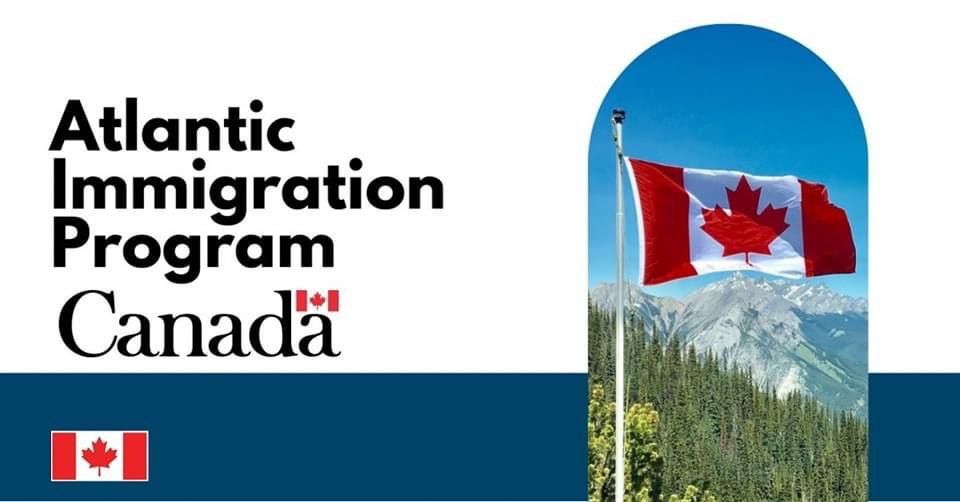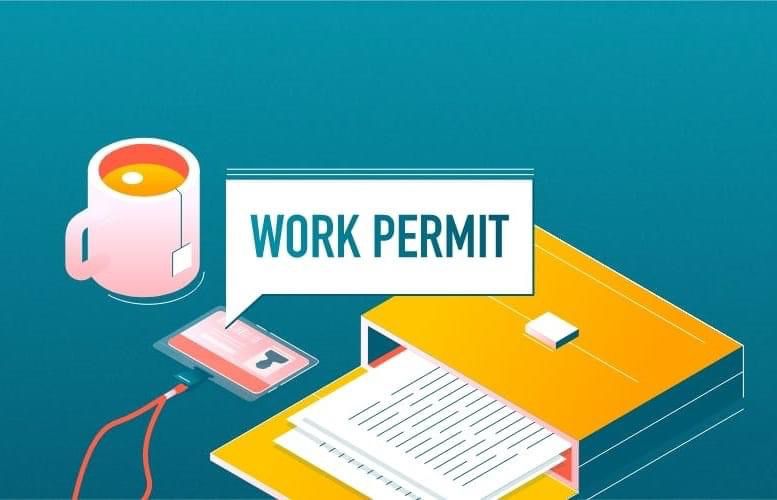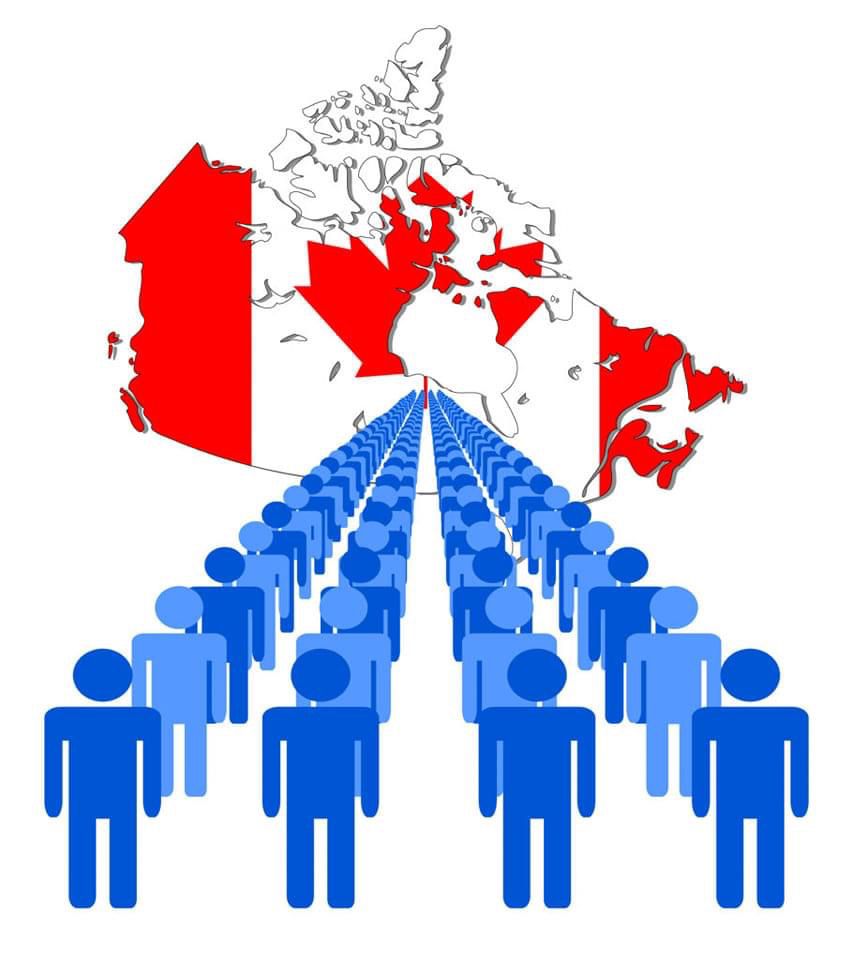






IRCC processed all-time high 4.8 million applications in 2022
Combining new applications processed with the reduction in Canada’s immigration application backlog, Immigration, Refugees and Citizenship Canada (IRCC) has processed a record-breaking 4.8 million total applications this year.
The record-high number of applications processed by IRCC in 2022 is a result of several factors.
Chief among these factors would be IRCC’s efforts to reduce the country’s immigration application backlog, which stood at approximately 2.67 million just six months ago (July 15-17, 2022). According to the latest data provided by IRCC, the backlog is down to 2.2 million (as of December 2, 2022).
Note: Between August and December 2022, IRCC reduced its total backlog by nearly half a million applications, processing nearly twice as many applications as it did between August and December last year (2.5 million)
This milestone number of processed applications comes as Canada is also on track to break another national record, this time for permanent residents admitted into this country in one year. After exceeding its 2021 permanent residence (PR) admissions target and welcoming more than 401,000 permanent residents to Canada, IRCC is on track to set a new record once again by admitting 431,000 new permanent residents by the end of 2022.
IRCC has also released data that provides some particulars regarding which immigration categories have had the highest number of processed applications this year. That breakdown is as follows:
The temporary residence immigration category had the largest number of applications in 2022.
This year, Canada also processed 700,000 work permits and 670,000 study permits.
Finally, citizenship in Canada grew by 251,000 people between April and November.

Canada Work Permits Issued In Record Numbers As Labour Crunch Leaves Employers Scrambling
A record-breaking number of foreign nationals are working in Canada through the Temporary Foreign Worker Program (TFWP) and International Mobility Program (IMP) this year, the latest data from Immigration, Refugees and Citizenship Canada (IRCC) reveals.
In the first 10 months of this year alone, those two programs resulted in almost half a million foreign nationals, exactly 498,435, getting Canadian work permits.
That’s 20.3 per cent more work permits under these programs in the first 10 months of this year than the 414,170 in all of last year.
Based on the current trend, Ottawa could wind up issuing 598,122 work permits to foreign nationals by the end of this year, or 44.4 per cent more than in 2021.
Both programs are showing massive growth this year as employers increasingly turn to recruit workers from outside the country to resolve Canadian labour shortages.
The IMP’s previous record for number of work permits issued was last year when the IRCC issued 310,805 to foreign nationals.
Ottawa had already issued 378,365 work permits under the IMP by the end of October this year and, based on the current trend, could issue 454,038 work permits through the IMP this year.
That performance would see Canada issuing more than twice as many work permits under the IMP this year compared to the 222,720 it issued under the same program only five years ago, in 2017.
Under the TFWP, immigration officials had already issued 120,070 work permits by the end of October this year, almost 16.2 per cent more in those 10 months than the 103,365 in all of last year.
Based on the current trend, Ottawa could wind up issuing 144,084 work permits through the TFWP by the end of this year, or about 39.4 per cent more than in all of last year.
That performance would mean the number of work permits issued through the TFWP would have almost doubled from 72,965 in 2015, only seven years ago.
Employers Turning To Foreign Workers To Fill The 959,600 Vacant Jobs
Employers are increasingly turning to foreign workers to fill jobs that are going begging for a want of Canadians to fill them.
In its third quarter job vacancies report, Statistics Canada noted there were then 959,600 vacant positions in Canada, down only slightly from the record high of 992,200 vacant positions in the second quarter of this year.
“It was 8.3 per cent higher than in the third quarter of 2021 and 72.7 per cent higher than in the first quarter of 2020,” reports Statistics Canada.
The job vacancy rate, which is calculated by dividing the number of vacant positions in Canada by the total number of jobs, both filled and unfilled, was 5.4 per cent in the third quarter of this year, down a smidgeon from 5.7 per cent in the previous quarter.
That’s a very, very tight labour market. Even if every unemployed person had the right skills and experience to do the available jobs, there were still barely enough people unemployed in Canada to fill the available jobs in the country during the third quarter – and, of course, there is no such perfect match in the workforce.
“There was an average of 1.1 unemployed persons for each job vacancy in Canada in the third quarter of 2022, similar to the record low reached in the second quarter,” reports Statistics Canada.
Canadian employers trying to survive during this acute labour shortage can recruit and hire foreign nationals through the TFWP and the IMP.
Ontario Snags More Than A Third Of All Foreign Nationals Coming To Canada With Work Permits
British Columbia and Quebec still have the highest job vacancy rates among the provinces and, perhaps unsurprisingly, are also two provinces where many of foreign nationals with work permits are going to work.
In the first 10 months of this year, foreign nationals headed for British Columbia got 27,825 work permits through the TFWP and another 56,600 through the IMP.
During the same period, foreign nationals headed for Quebec snagged 34,070 work permits through the TFWP and another 42,060 through the IMP.
Ontario employers’ recruitment of workers from other countries through these programs, though, makes both British Columbia and Quebec’s numbers pale by comparison.
Canada’s most populous province and the economic engine of Canada opened its arms to 37,200 foreign nationals who got work permits through the TFWP and another 140,170 through the IMP in the first 10 months of this year alone.
That’s a total of 177,370 foreign nationals with TFWP or IMP work permits in Ontario as of the end of October, or almost 35.6 per cent of the total number of such work permits issued across the country.

IRCC new NOC system
“TEER”
On November 16, Immigration, Refugees and Citizenship Canada (IRCC) is transitioning to the 2021 version of the National Occupation Classification (NOC) system. Here is what that change will mean for Express Entry candidates.
Firstly, the current NOC system (NOC 2016) classifies work experience under NOC skill types 0, A or B. As of November 16, IRCC will be using the new Training, Education, Experience and Responsibilities (TEER) system.
According to IRCC, “most jobs will stay in the TEER category that is equal to their NOC skill level” (more on that below) but “some jobs may change to a different TEER category”. Additionally, under the new TEER system, all occupation codes will be five digits instead of four.
This is how the skill type categories of the current NOC system match up with the TEER categories of the 2021 NOC system.
Skill Type 0 (NOC 2016) translates to TEER 0 (NOC 2021)
Skill Type A (NOC 2016) translates to TEER 1 (NOC 2021)
Skill Type B (NOC 2016) translates to TEER 2 (NOC 2021)
Skill Type B (NOC 2016) translates to TEER 3 (NOC 2021)
Skill Type C (NOC 2016) translates to TEER 4 (NOC 2021)
Skill Type D (NOC 2016) translates to TEER 5 (NOC 2021)
Express Entry eligibility criteria based on NOC 2021’s TEER system
IRCC has updated the eligibility criteria for all three Express Entry programs — the Canadian Experience Class (CEC), the Federal Skilled Worker Program (FSWP) and the Federal Skilled Trades Program (FSTP) — based on the NOC 2021.
Note: CLB refers to Canadian Language Benchmark
Occupational eligibility changes coming for Express Entry with move to NOC 2021
With the transition to NOC 2021, 16 occupations will become newly eligible for Express Entry, while three occupations become ineligible.
The three newly ineligible occupations will remain eligible for programs with broader occupational eligibility criteria, such as some streams of the Provincial Nominee Program (PNP).
About selection factor points for the FSWP and scoring through the CRS
With the transition to NOC 2021, the points given for selection factors as part of the Federal Skilled Workers Program (FSWP) and the Comprehensive Ranking System (CRS) points given for arranged employment will now follow an updated Skill Type/Level chart.
Presuming that a candidate’s NOC 2016 Skill Type/Level code aligns with the appropriate new TEER system category, they will receive the same amounts of points after the change as they would have before.
Next steps
Depending on where an individual candidate is in their Express Entry journey, IRCC requires different actions in accordance with the switch to NOC 2021.
A. Express Entry hopefuls yet to submit an online profile (before November 16) must find and submit their occupation’s code in line with the NOC 2021 when filling out the profile.
B. Those who have submitted a profile but have not received an Invitation to Apply (ITA) will need to update their profile after November 16, making sure to add or alter their TEER category and five-digit occupation code in accordance with the NOC 2021 list on the Employment and Social Development Canada (ESDC) website.
C. Anyone who received an ITA prior to November 16 must submit their Express Entry application using NOC 2016 (using the NOC code provided at the time of receipt).

